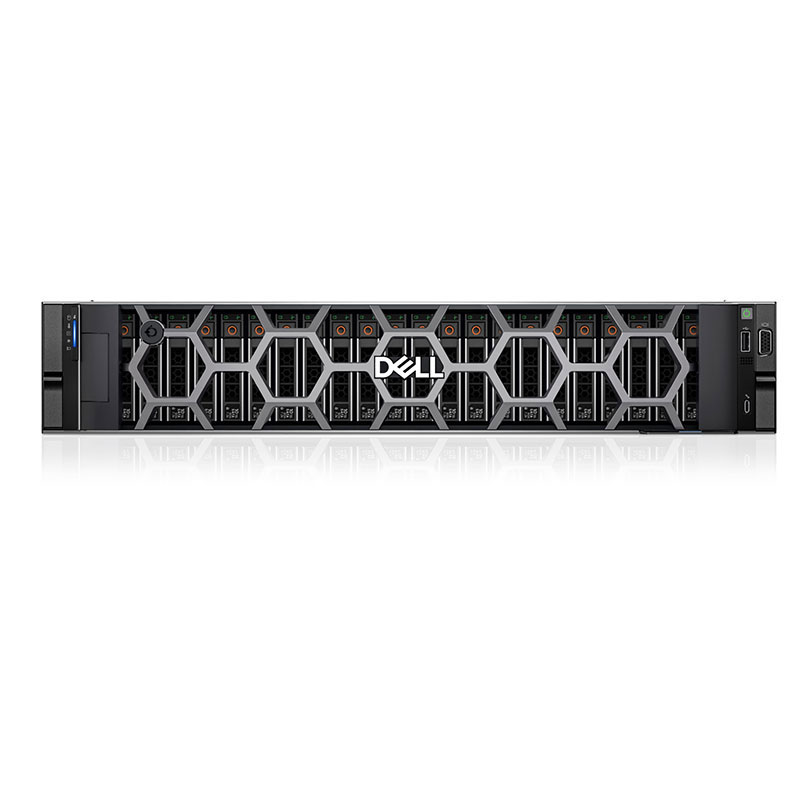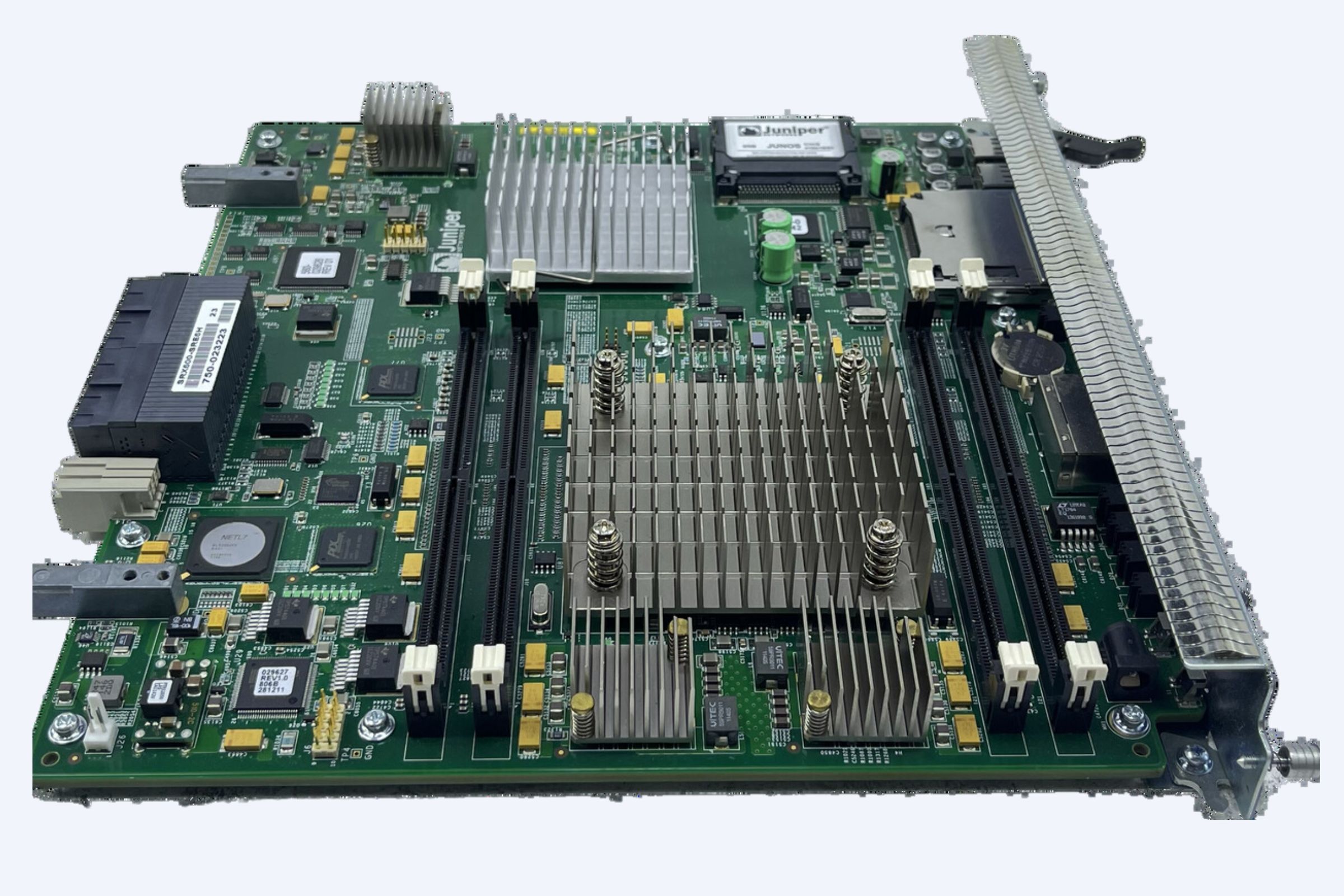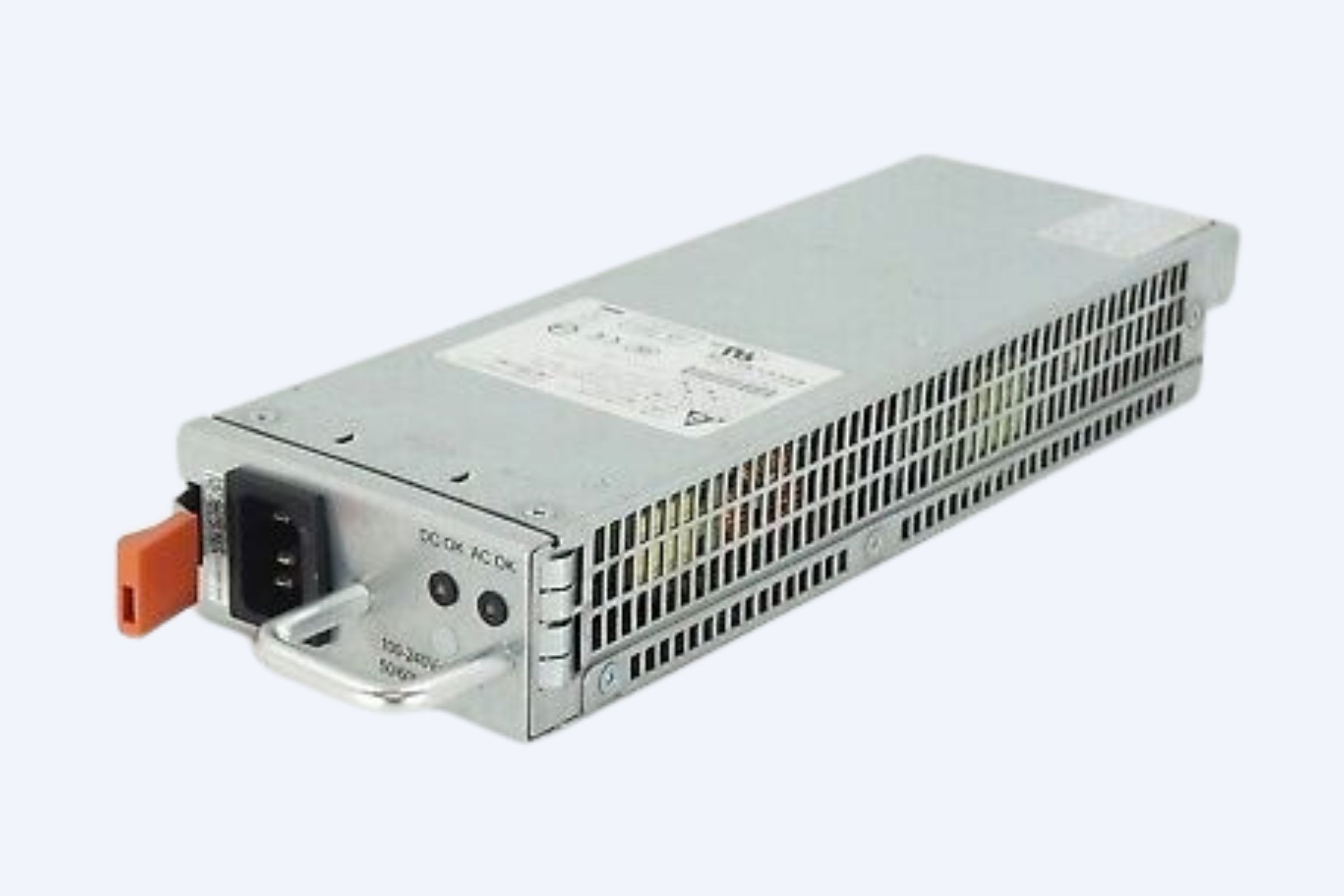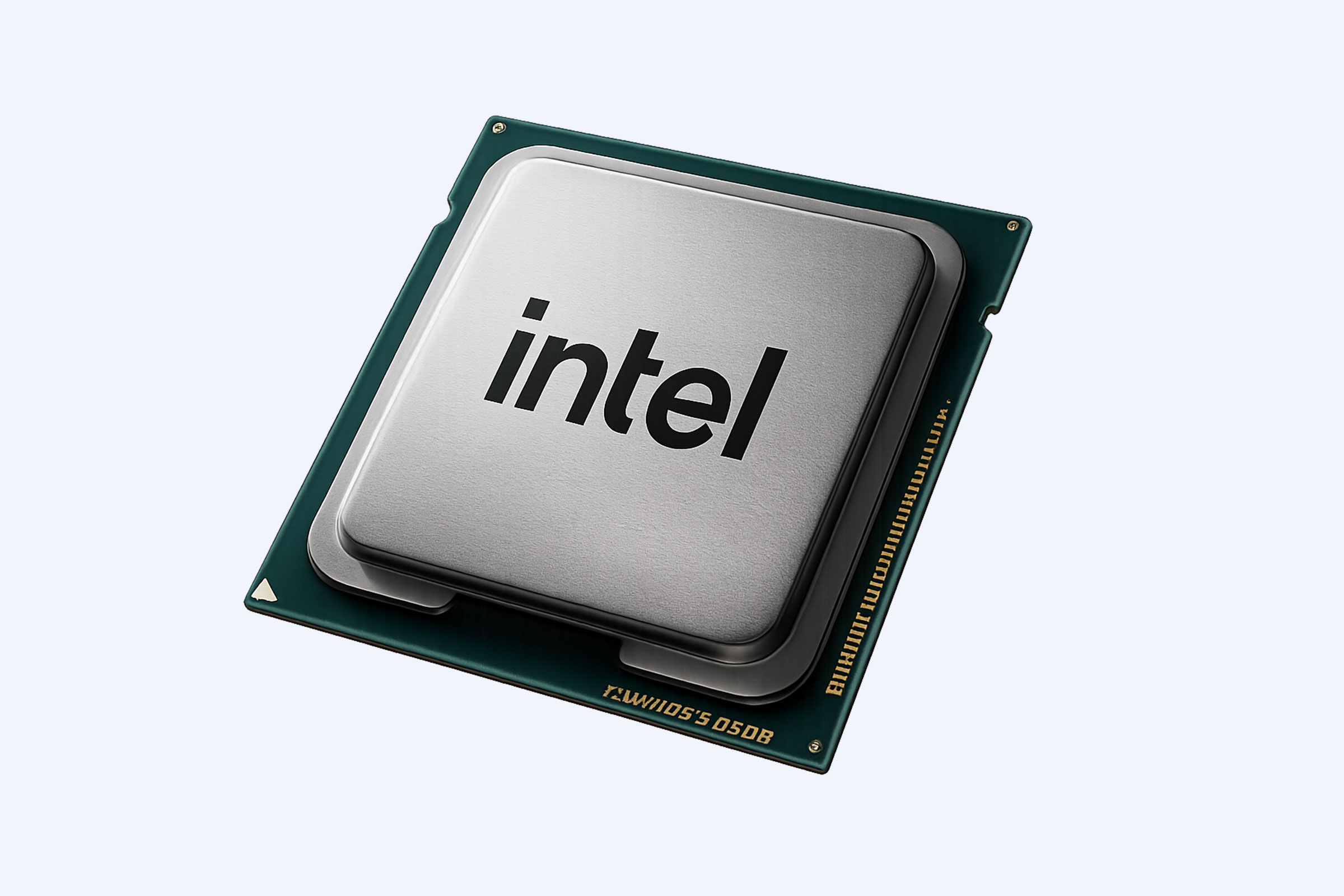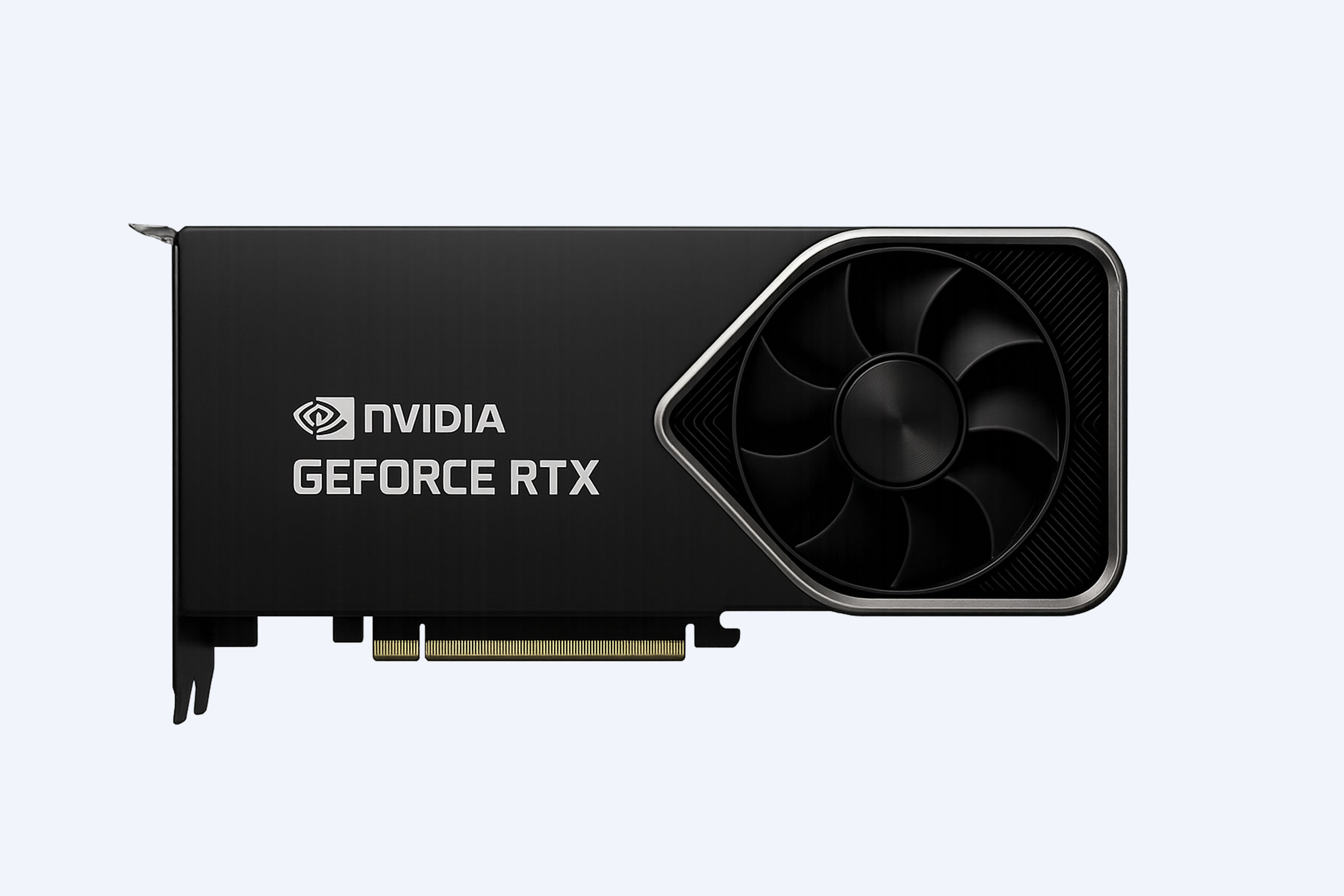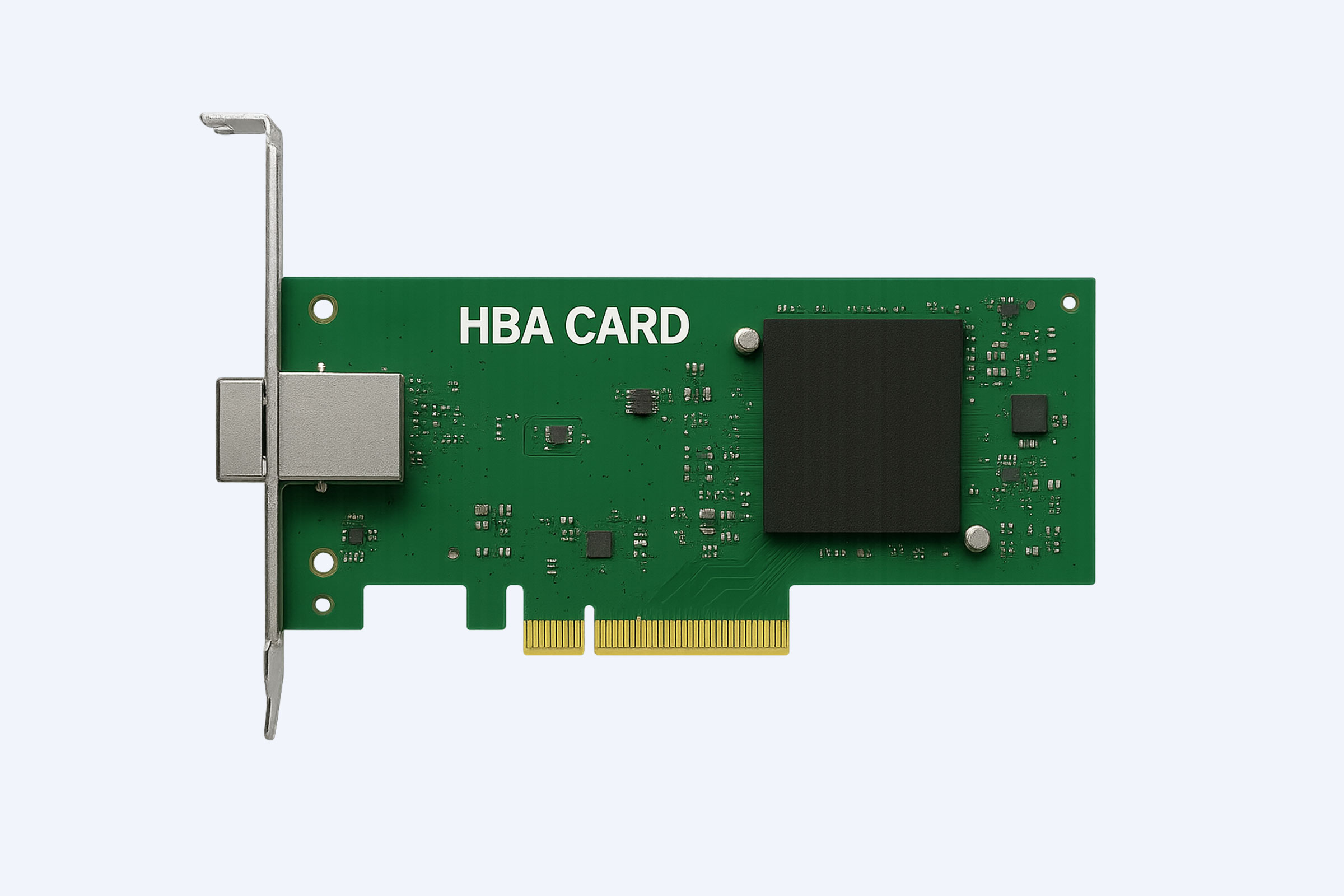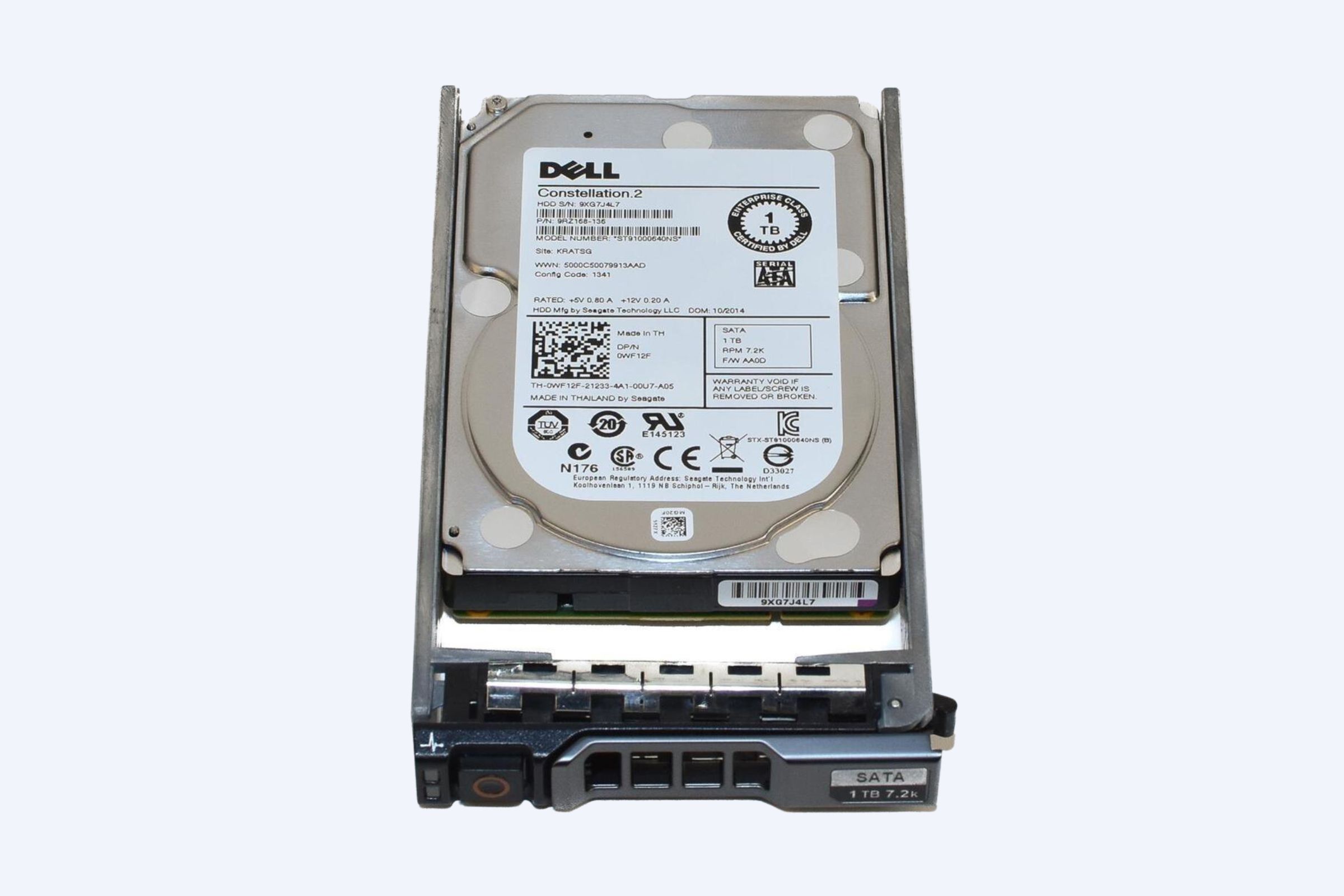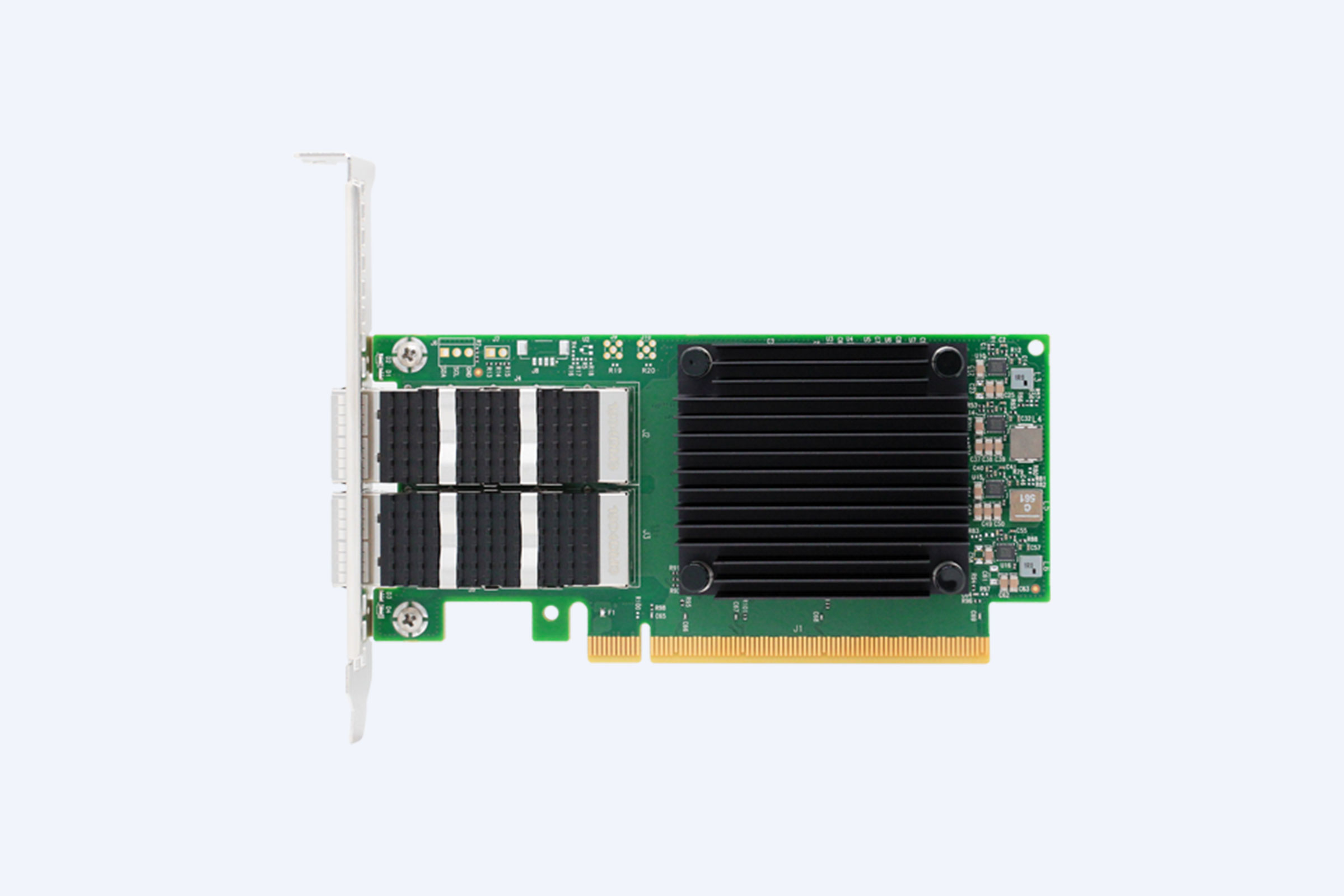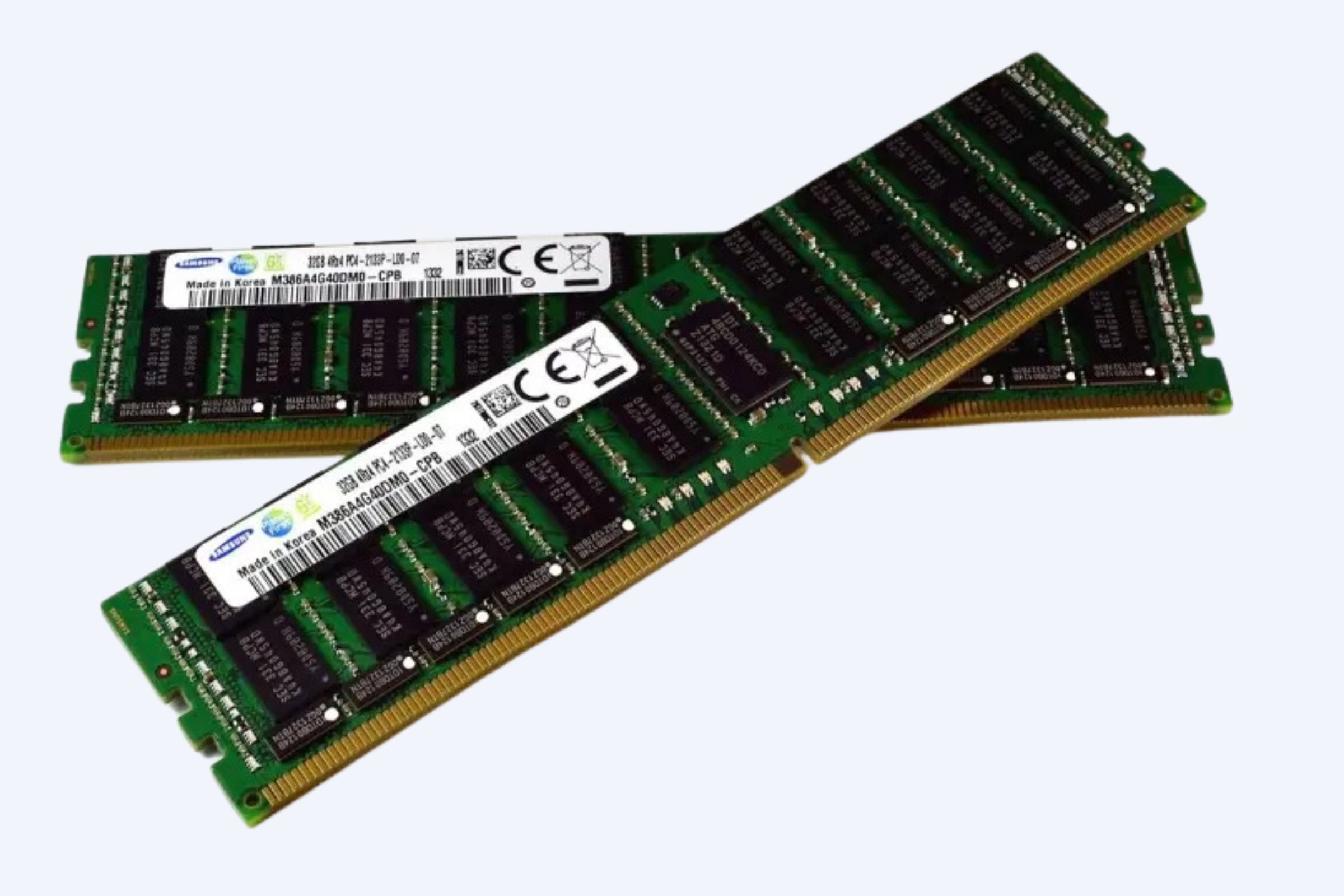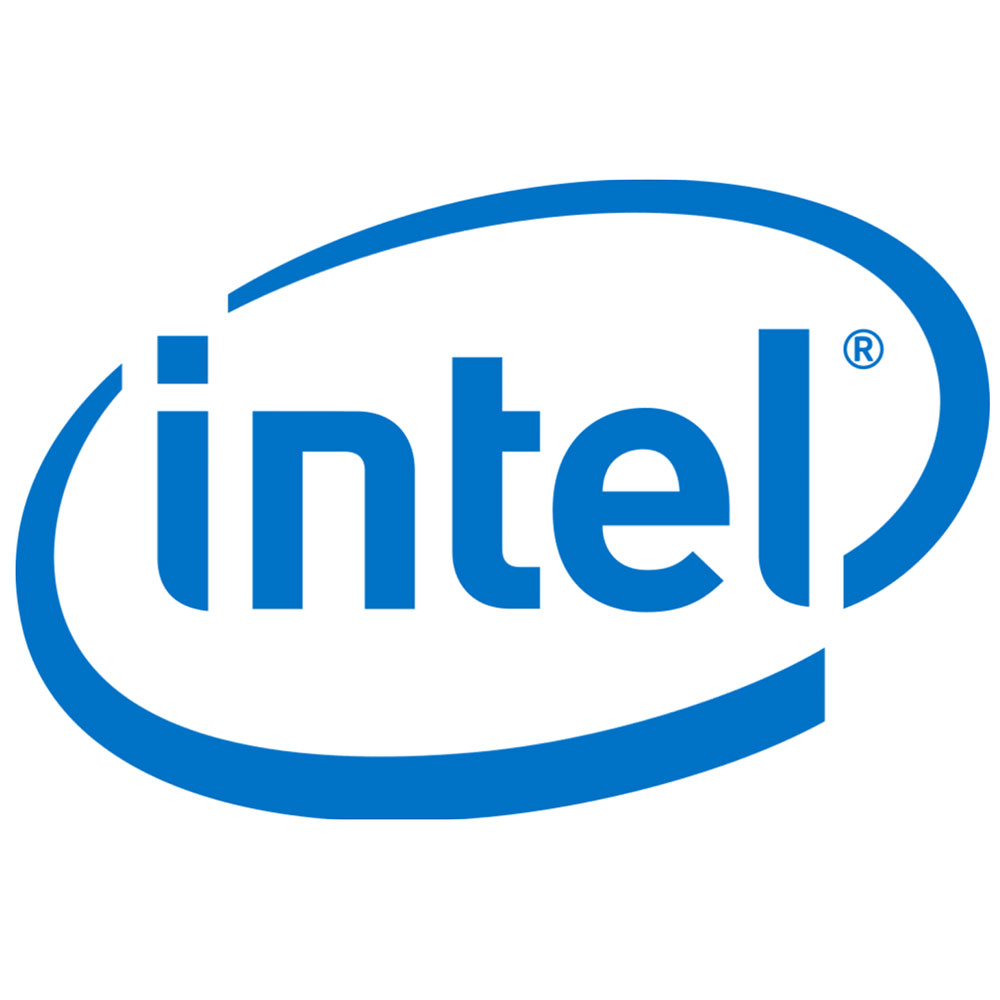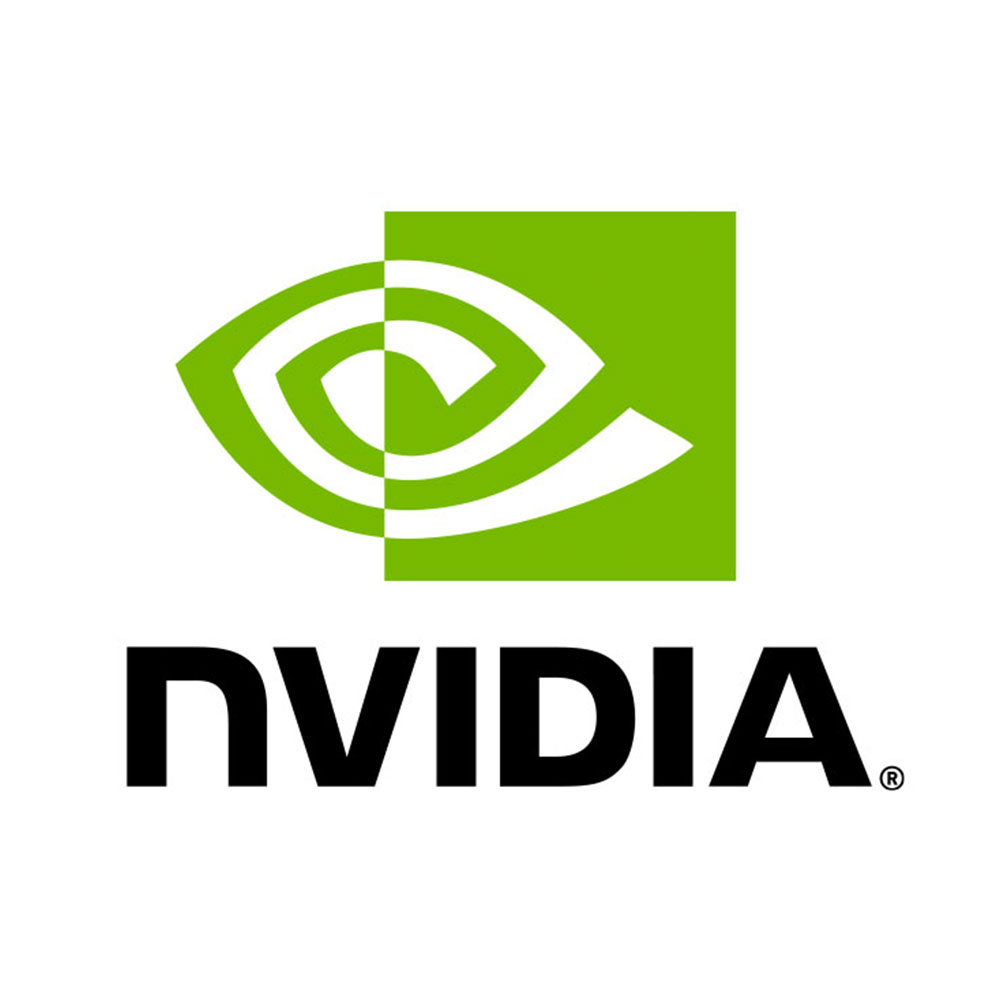Dell PowerEdge servers come in various models designed to meet diverse business needs, ranging from small offices to large data centers. These models include Tower, Rack, Modular, Blade, and specialized servers optimized for performance, scalability, or extreme environments.
How Are Dell PowerEdge Tower Servers Categorized?
Dell Tower servers are organized into series based on their capability and intended use: T1xx for entry-level tasks with Intel Xeon E-series CPUs, T3xx for mid-range business applications, and T5xx for high-performance needs with support for GPUs and powerful CPUs. Examples include the T160, T360, and T560, each offering varying processor power, memory size, and expandability suited for small to medium businesses or remote offices.
Tower servers balance a desktop PC form factor with reliability and expandability, making them ideal for file sharing, databases, or demanding workloads. They often feature options like DDR5 memory and dual Intel Xeon scalable processors for enhanced computing power.
What Are the Key Features of Dell PowerEdge Rack Servers?
Rack servers like the R260, R650, R740, and R760 series are meant for high-density, enterprise data center environments. They come in 1U to 3U form factors that fit into server racks, offering scalable performance for virtualization, cloud workloads, and databases. Rack servers support the latest Intel Xeon or AMD EPYC processors, high memory capacities, multiple storage drive options, and network interface choices optimized for high throughput and low latency.
Dell’s rack servers are designed for demanding workloads and facilitate easier maintenance and efficient space use in data centers.
Think of Dell PowerEdge rack servers as compact, powerful machines built to sit neatly in a data center rack. Unlike tower servers, these are designed to maximize space efficiency while delivering strong performance for enterprise environments. They come in sizes like 1U to 3U, meaning they occupy one to three rack units, allowing many servers to fit into a single rack for high-density setups. These servers are ideal for tasks such as virtualization, cloud computing, and managing large databases, where both speed and reliability are critical.
Rack servers support modern processors from Intel Xeon or AMD EPYC, large amounts of memory, and flexible storage and network options to handle heavy workloads. They are engineered for easier maintenance, enabling IT teams to swap parts or upgrade components without significant downtime. WECENT provides these servers and helps businesses choose configurations that balance performance, storage, and connectivity for efficient and scalable data center operations.
Which Specialized Dell PowerEdge Server Series Are Available?
Dell offers special-purpose server lines including the XR, C, XE, and MX series tailored for niche workloads. XR servers are ruggedized for harsh environments like manufacturing, withstanding dust, shock, and vibration. C series focus on high-density, scale-out deployments particularly for high-performance computing (HPC). XE servers target AI, ML, and data analytics with extreme acceleration capacities. The MX series uses modular blade-style servers in a shared chassis, offering flexible configuration in converged infrastructure setups.
These specialized servers help businesses tackle advanced computational tasks while adapting to various physical and operational conditions.
How Can One Identify the Generation of a Dell PowerEdge Server?
Dell PowerEdge server models include a generation number embedded typically as the second digit in the model name (e.g., R740 is 14th Gen). Dell also provides tools to identify server generation using service tags. Generation identification helps in understanding the server’s architecture, supported technologies, firmware, and compatibility with software.
Knowing the generation is crucial for planning upgrades, support, and integration within existing IT environments.
What Are the Dell PowerEdge Modular and Blade Servers?
Modular and blade servers, such as the M630, M640, MX740c, and MX7000 chassis, use high-density enclosures to optimize space. Blade servers slide into chassis that provide shared power, cooling, and networking, making them suitable for enterprises needing scalable and easily maintainable solutions.
Modular servers combine compute, storage, and networking in a single expandable system, enabling workload composability and future-proofing data center infrastructure.
How Do Dell PowerEdge Servers Address Performance and Manageability?
Dell integrates advanced Intel Xeon and AMD EPYC processors across PowerEdge models, delivers high memory bandwidth with DDR4/DDR5 support, and includes features like GPU support on high-end servers. For manageability, Dell’s OpenManage system and iDRAC remote management simplify monitoring and maintenance, reduce downtime, and improve operational efficiency.
Innovations in energy efficiency and automated management tools ensure PowerEdge servers sustain workload demands while minimizing total cost of ownership.
Why Should Enterprises Choose Dell PowerEdge Servers?
Dell PowerEdge servers provide reliability, scalability, and performance across diverse IT use cases. Their flexible configurations fit business sizes from small offices needing tower servers to large data centers requiring high-density rack or modular servers. Dell’s ecosystem, including comprehensive support tools and a broad portfolio, ensures enterprises can optimize workloads while reducing complexity.
Partnering with providers like Wecent allows customers to receive expert guidance, fully certified hardware, and competitive pricing to maximize server investment value.
When Are Dell PowerEdge Tower Servers Ideal?
Tower servers are ideal for small to midsize businesses, branch offices, or remote locations that need a standalone server with robust features but without the complexity of rack infrastructure. Their desktop-like design makes them easy to deploy and manage, perfect for applications such as file sharing, print services, and small databases.
They also support growth with options for advanced CPUs and expanded memory, making them suitable for evolving business needs.
Where Are Dell PowerEdge Rugged Servers Used?
The XR series rugged servers find use in manufacturing plants, construction sites, mobile command centers, and other environments with extreme conditions. They are engineered to endure shock, vibration, dust, and temperature extremes, ensuring continued operation where standard servers might fail.
These are essential for industries requiring on-site processing in harsh or remote locations.
Does Wecent Support Dell PowerEdge Server Solutions?
Yes, Wecent is a trusted provider of Dell PowerEdge servers along with other enterprise IT infrastructure. With over 8 years of experience, Wecent offers fully certified original products, expert guidance, and tailored IT solutions worldwide. Their partnership with Dell and other major vendors ensures clients access top-quality, reliable server systems that drive business growth efficiently.
Wecent’s focus on professionalism and customer success makes them an ideal long-term IT partner.
Dell PowerEdge Server Model Comparison Table
| Series | Form Factor | Typical Use Case | Example Models | Key Features |
|---|---|---|---|---|
| T-Series | Tower | Small/Midsize business, remote office | T160, T360, T560 | Entry to high-performance CPUs, expandability, up to dual Xeon CPUs |
| R-Series | Rack (1U-3U) | Data centers, enterprise workloads | R260, R650, R740, R760 | Scalable, high-density, virtualization-ready, latest CPUs |
| M-Series/MX | Modular/Blade | Enterprise density, converged infra | M630, M640, MX7000 | Flexible chassis, shared power/networking, composable workloads |
| XR-Series | Ruggedized Tower | Harsh/industrial environments | XR5610, XR7620 | Shock/dust tolerant, extreme temp withstand |
| C-Series | Rack/Scale-out | HPC, scale-out workloads | C6600, C6525 | High-density compute for specialized tasks |
| XE-Series | Rack/Extreme | AI, ML, analytics acceleration | XE8640, XE9680 | Extreme performance, accelerated workloads |
Wecent Expert Views
“Through careful selection, businesses can harness the full potential of Dell PowerEdge servers to meet their unique IT challenges. Wecent emphasizes the importance of aligning server capabilities with workload requirements to optimize performance and cost-efficiency. Our expertise ensures clients receive tailored solutions with certified hardware that supports growth, reliability, and security. The modular and specialized server lines provide unprecedented flexibility to future-proof infrastructure as technology evolves.” — Wecent IT Solutions Specialist
Conclusion
Dell PowerEdge offers a comprehensive portfolio addressing every server need, from compact tower servers for small businesses to rugged, high-performance rack and modular servers for enterprises. Understanding the distinctions in model series, generations, and specialized options helps IT decision-makers choose the right Dell server to optimize workloads, capacity, and manageability. Organizations seeking reliable, scalable, and certified hardware should consider partnering with providers like Wecent for expert support and authentic Dell solutions to drive long-term success.
FAQs
What does the ‘T’ in Dell PowerEdge T-series stand for?
‘T’ stands for Tower servers, designed as standalone units for small to midsize business environments.
How do Dell PowerEdge rack servers differ from tower servers?
Rack servers are designed for mounting in data center racks, supporting high-density and scalable enterprise workloads, while tower servers suit smaller environments with a desktop-like form factor.
Can Dell PowerEdge servers handle AI workloads?
Yes, the XE series and high-end rack servers like the R760 are optimized for AI, machine learning, and data analytics.
What generation is the Dell PowerEdge R740?
The R740 is a 14th generation Dell PowerEdge rack server.
Why choose Wecent for Dell PowerEdge servers?
Wecent provides certified, quality servers with expert guidance, competitive pricing, and exceptional support to ensure reliable IT infrastructure solutions.
What are the different Dell PowerEdge server models?
Dell PowerEdge servers come in several categories: Rack (R-series), Tower (T-series), Modular (M-series and FX-series), and specialized models. R-series are designed for data centers with varying performance levels like the R740 and R760. T-series are for smaller offices, while M-series and FX-series offer scalable, high-density solutions for blade and chassis-based systems.
What is the difference between Rack and Tower PowerEdge servers?
Rack servers (R-series) are designed for high-density environments like data centers, offering flexibility and high performance for demanding workloads. Tower servers (T-series) are stand-alone, compact, and ideal for small offices or remote locations, providing simpler deployment for smaller IT infrastructures.
What are specialized Dell PowerEdge server models?
Specialized Dell PowerEdge servers include the C-series for hyper-scale data centers, XE/XR for high-performance computing and edge applications, and HS-series optimized for hyperscale environments. These models are built to handle specific, high-demand use cases, ensuring efficiency and performance in extreme environments.
How does WECENT support Dell PowerEdge server solutions?
WECENT, as an authorized agent for leading IT brands, offers tailored server solutions, including Dell PowerEdge models. With over 8 years of experience, we help clients select, install, and maintain these servers for various industries, ensuring optimal performance and providing technical support throughout the deployment process.
What are the key features of Dell’s new PowerEdge servers with Nvidia Blackwell Ultra GPUs?
Dell’s new PowerEdge servers come with Nvidia Blackwell Ultra GPUs, designed to handle demanding AI workloads. These servers feature advanced air and liquid cooling systems, integrated AI data and networking platforms, and provide enhanced performance for data centers focused on AI-driven applications.
How do Dell’s AMD PowerEdge servers improve AI integration?
Dell’s AMD-powered PowerEdge servers, equipped with 5th generation EPYC processors, deliver powerful computing capabilities for AI applications. They offer greater scalability, efficiency, and are optimized for AI workloads, providing businesses with high-performance servers that support seamless AI integration for a variety of enterprise needs.
What is the focus of Dell’s recent server lineup?
Dell’s recent PowerEdge server lineup focuses on meeting the growing demand for AI and edge computing. The PowerEdge R260 and T160 models are tailored for edge environments, offering improved processing power and energy efficiency, and are ideal for small to mid-sized businesses requiring robust AI capabilities.
How does WECENT support businesses with IT infrastructure solutions?
WECENT provides tailored IT infrastructure solutions, offering high-quality servers, storage, and GPUs from global brands like Dell and Huawei. With over 8 years of experience, WECENT ensures optimal performance, reliability, and comprehensive support throughout the entire IT deployment process, making it a trusted partner for digital transformation.



